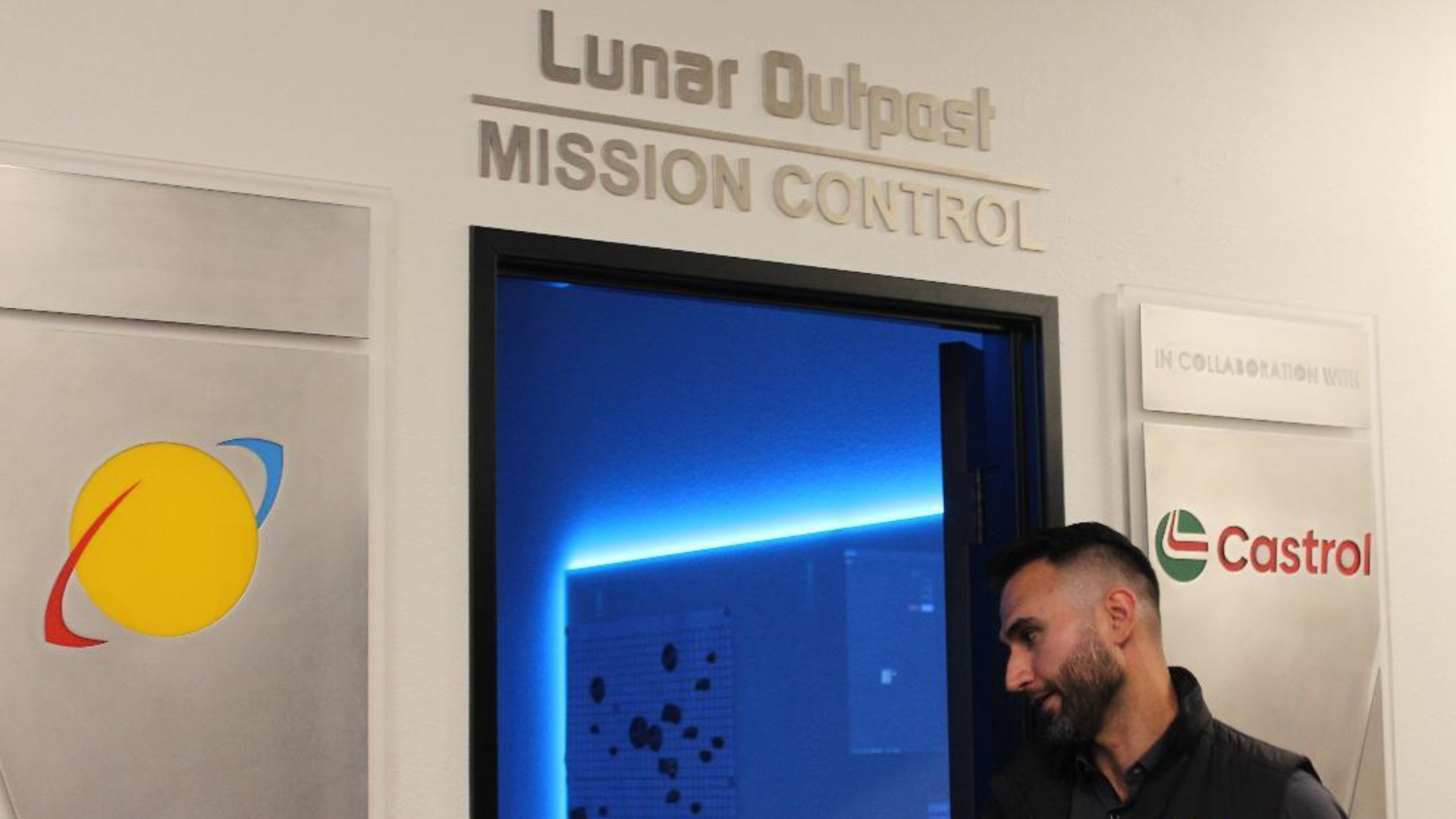
Part of a failed Russian rocket broke apart in Earth orbit last week, creating hundreds of new pieces of space junk around our planet, U.S. military officials say.
The United States Strategic Command's Joint Functional Component Command for Space (JFCC-Space) is tracking the cloud of debris, but the extent of the cloud and its potential impact on the International Space Station and other spacecraft are unclear at the moment, military officials said.
The space junk incident, which occurred Oct. 16, involved the Breeze-M upper stage of a Russian Proton rocket that had failed in a mission to launch two satellites. Excess fuel remaining on board the upper stage may have caused it to explode, experts say, though the official cause remains unknown.
"The resulting debris field and impact to space objects on orbit are being assessed at this time; however, JFCC-Space is currently tracking over 500 pieces of debris," Lt. Col. Monica Matoush, a Department of Defense spokeswoman, told SPACE.com via email. "We expect that number to fluctuate as work to characterize the debris field continues." [Worst Space Debris Events of All Time]
The Proton rocket launched Aug. 6 carrying two telecommunications satellites. Its Breeze-M upper stage shut off prematurely, however, stranding the satellites in the wrong orbit.
Breeze-M upper stages that suffered similar failures broke apart in orbit in 2007 and 2010. Some bits from the Oct. 16 breakup have begun falling back to Earth, U.S. officials said.
"Although some of the pieces have begun to re-enter, most of the debris will remain in orbit for an extended period of time," State Department spokesman Jamie Mannina said in a statement. "U.S. Strategic Command and its Joint Space Operations Center will use established processes and procedures to notify the appropriate governments, agencies and companies of potential collisions and predicted re-entries."
Breaking space news, the latest updates on rocket launches, skywatching events and more!
Mannina said the U.S. and Russian governments are working together to investigate the breakup and its consequences. No immediate risks to the space station or other active satellites have been identified at this time, he added.
Earth is surrounded by a gigantic and ever-growing cloud of space junk — stuff like spent rocket bodies, dead spacecraft and the fragments generated when these objects collide.
NASA estimates that this cloud contains 500,000 pieces bigger than a marble and 22,000 as large as a softball. The number of flecks at least 1 millimeter in diameter probably runs into the hundreds of millions.
All of this fast-moving junk poses a threat to the 1,000 or so operational satellites currently zipping around the planet, as well as to the International Space Station and other crew-carrying spacecraft.
Follow SPACE.com senior writer Mike Wall on Twitter @michaeldwall or SPACE.com @Spacedotcom. We're also on Facebook and Google+.
Join our Space Forums to keep talking space on the latest missions, night sky and more! And if you have a news tip, correction or comment, let us know at: community@space.com.

Michael Wall is a Senior Space Writer with Space.com and joined the team in 2010. He primarily covers exoplanets, spaceflight and military space, but has been known to dabble in the space art beat. His book about the search for alien life, "Out There," was published on Nov. 13, 2018. Before becoming a science writer, Michael worked as a herpetologist and wildlife biologist. He has a Ph.D. in evolutionary biology from the University of Sydney, Australia, a bachelor's degree from the University of Arizona, and a graduate certificate in science writing from the University of California, Santa Cruz. To find out what his latest project is, you can follow Michael on Twitter.
